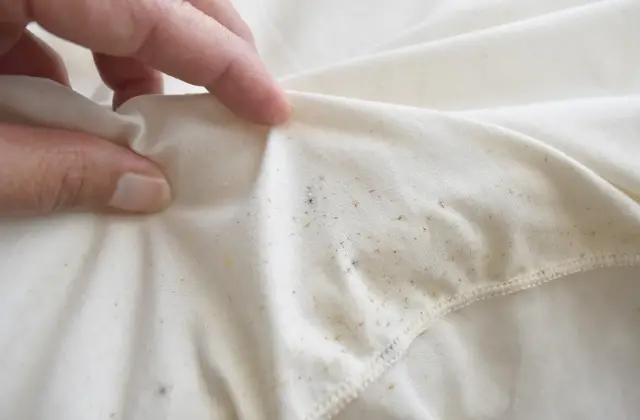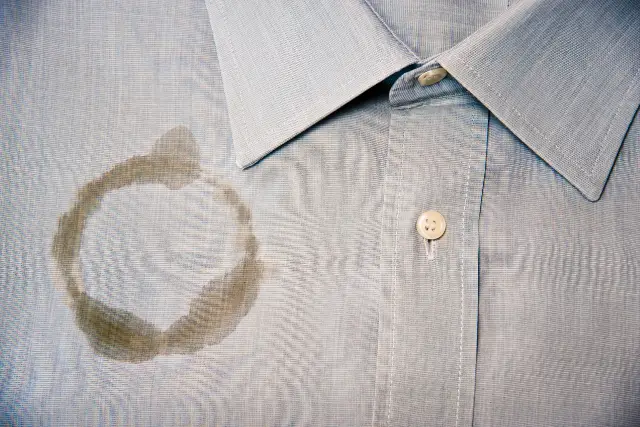Mold on clothing isn’t just a smelly inconvenience—it can ruin your garments and even pose a health risk.
Whether it’s from damp laundry left too long in the washer or clothes stored in a humid space, mold thrives in moisture-rich environments and can embed itself deep in fabric fibers. But don’t worry—there are reliable ways to eliminate mold from your clothes and prevent it from coming back.
This comprehensive guide covers everything you need to know about identifying mold, removing it effectively, and keeping your wardrobe safe.
What Does Mold on Clothes Look Like?
Mold typically appears as fuzzy, discolored patches ranging from white and gray to green and black. You may also notice:
- A musty or sour odor
- Stains that persist even after regular washing
- Irritation when wearing affected clothing
Mold can spread fast, especially in humid conditions, so early identification is key to successful treatment.
Why Mold on Clothes Is a Problem
Mold isn’t just unsightly—it’s also harmful. Mold spores can trigger allergic reactions, asthma attacks, and other respiratory issues. Some types of mold even produce mycotoxins, which are toxic compounds that can be harmful with prolonged exposure.
In addition to health risks, mold weakens fabric, leaving clothes stained, damaged, or permanently ruined. If you want your clothes to last, removing mold promptly and thoroughly is essential.
If you notice you are getting mold on your clothes repeatedly, you may need to address deeper issues in your home, such as leaks, ventilation problems, or indoor humidity levels.
Causes of Mold Growth on Clothing
Before learning how to get rid of mold, it helps to understand how it got there in the first place. Common causes include:
- Leaving wet clothes in the washer: A forgotten load of laundry is the perfect breeding ground for mold.
- Storing damp clothes: Even slightly moist clothing stored in a drawer or closet can start to grow mold within days.
- High humidity levels: Basements, bathrooms, and closets without proper ventilation are mold hotspots.
- Flooding or water damage: Water-soaked clothing after a flood or leak is highly vulnerable to mold contamination.
Identifying the source of moisture is crucial to preventing future mold growth.
Step-by-Step: How to Get Mold Out of Clothes
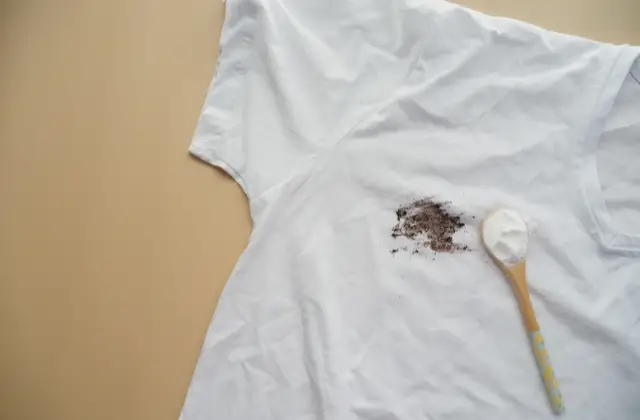
Getting rid of mold from fabric requires more than a regular wash cycle. Here’s a step-by-step approach to restoring your clothes:
1. Take Clothes Outside
Before you do anything, take the affected clothing outside to prevent mold spores from spreading throughout your home. Shake out the garment to dislodge loose spores, then place it in a sealed plastic bag if you’re not washing it immediately.
2. Scrub Visible Mold
Wearing gloves and a mask, use a soft brush or toothbrush to scrub visible mold spots. Doing this outside is ideal to avoid airborne contamination indoors. Brushing loosens surface mold and helps cleaning agents penetrate better.
3. Soak in Vinegar or Borax Solution
Choose one of the following solutions to pre-treat your clothes:
- White Vinegar: Add one cup of distilled white vinegar to a bucket of hot water. Soak the clothing for 60 minutes.
- Borax: Mix half a cup of borax with hot water and stir until fully dissolved. Soak the clothing for at least an hour.
These natural agents kill mold and neutralize odors without damaging most fabrics.
4. Wash with Hot Water and Detergent
Launder the soaked items in the hottest water the fabric can tolerate. Add a cup of vinegar or borax to the wash for an extra punch. For tougher mold stains, a small amount of oxygen bleach (not chlorine bleach) can be added to the wash cycle.
Check the care label before using hot water or bleach—delicate fabrics may require gentler methods.
5. Dry Clothes in Direct Sunlight
Sunlight is a natural mold killer thanks to its UV rays. After washing, hang your clothes in direct sunlight to dry. If sun-drying isn’t possible, use a high-heat dryer setting.
Never store clothes until they are completely dry—any leftover moisture can cause mold to return.
Natural Alternatives for Delicate Fabrics
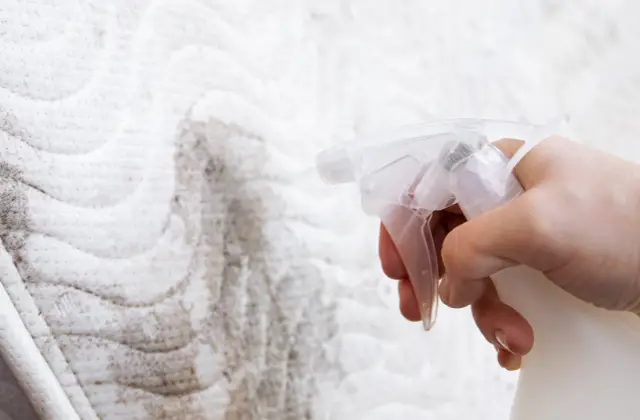
If you’re dealing with wool, silk, or other delicate fabrics, harsh cleaning methods may not be suitable. Try these gentler options:
- Tea Tree Oil: Mix one teaspoon of tea tree oil with one cup of water in a spray bottle. Lightly mist the affected area and let it sit before washing.
- Baking Soda Paste: Combine baking soda and water into a paste. Apply it directly to the moldy spot, let it sit for 30 minutes, then rinse thoroughly.
Always spot test on a hidden area first to ensure fabric compatibility.
Can Moldy Clothes Be Salvaged?
In most cases, yes. However, if mold has been growing for a long time or if it’s deeply embedded in delicate fabrics, restoration may not be possible. Signs your clothing might be beyond saving include:
- Persistent stains after multiple treatments
- Foul odor that won’t go away
- Fabric feels slimy or weakened
For expensive or sentimental garments, professional mold remediation may be an option.
How to Prevent Mold on Clothes
Once you’ve gone through the effort of removing mold, you’ll want to keep it from coming back. Here are some prevention tips:
- Always dry clothes immediately after washing
- Use dehumidifiers in humid rooms or basements
- Store clothes in breathable containers, not plastic
- Avoid overpacking your closet to allow airflow
- Clean your washing machine regularly to prevent mold buildup
Proper storage and ventilation are your best defense against future mold issues.
The Dangers of Ignoring Mold
Many people shrug off the occasional musty-smelling shirt, but the dangers of mold go beyond unpleasant odor. Prolonged exposure can lead to serious health concerns, especially for:
- Individuals with asthma or respiratory conditions
- People with weakened immune systems
- Children and the elderly
It also degrades clothing quality over time, resulting in costly replacements.
When to Call a Professional
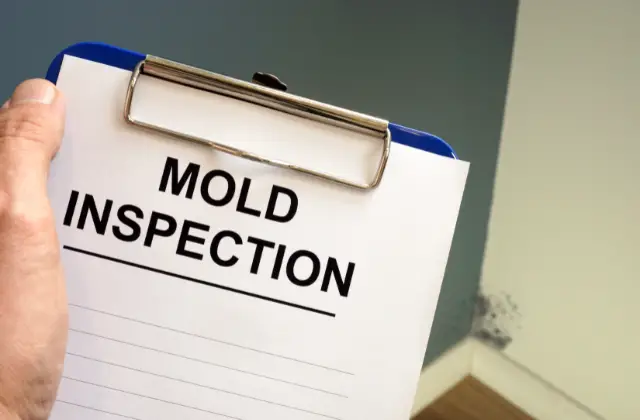
If you’re constantly battling mold on clothes or smell mildew in your closets despite your efforts, it may be time to call in a professional. Mold infestations often start in hidden areas—behind walls, under flooring, or in HVAC systems.
A certified mold inspector can test your home, identify the source, and recommend a plan for long-term remediation.
This is especially important if:
- Mold returns soon after cleaning
- You have a history of flooding or water damage
- Other areas of your home smell musty
- Family members experience unexplained allergy symptoms
Getting to the root of the problem ensures your clothes (and health) stay protected.
Final Thoughts
Mold on clothing is a frustrating but solvable issue. With the right techniques and a proactive approach, you can remove mold effectively and prevent future outbreaks. Whether treating a single garment or tackling a recurring problem, acting quickly is the key to saving your clothes and maintaining a healthy home.
Always remember: the longer mold is allowed to sit, the harder it is to eliminate. So if you’ve got a moldy garment, don’t toss it in the corner and hope for the best. Take action today, and your wardrobe will thank you.
Frequently Asked Questions
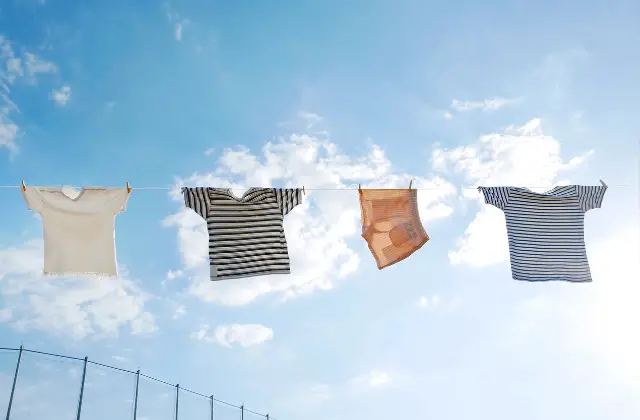
How can I effectively remove mold from clothes?
To effectively remove mold from clothes, brush off any visible mold outdoors to prevent spores from spreading indoors. Then, wash the clothes using hot water with a cup of white vinegar or a tablespoon of baking soda to kill mold spores and remove mold stains.
What should I do if mold stains are difficult to remove?
For difficult-to-remove mold stains, apply undiluted white vinegar onto the mold-infected areas and let it sit for an hour before washing. This helps in disinfecting and cleaning stubborn mold stains without damaging the fabric.
Can I use a washing machine to get rid of mold on clothes?
Yes, a washing machine can be used to get rid of mold on clothes. Use hot water and add 1-2 cups of vinegar to the wash cycle, which is suitable for disinfecting and removing mold effectively.
How can I prevent mold from growing on clothes in my closet?
To prevent mold from growing on clothes in your closet, ensure proper ventilation, avoid leaving wet clothes or towels inside, and consider using moisture absorbers to reduce humidity.
Is white vinegar suitable for removing mold from clothes?
Yes, white vinegar is suitable for removing mold from clothes. It helps to kill mold spores and remove mold stains when used in the washing process.
What are some signs that mold might be growing on clothes?
Signs that mold might be growing on clothes include a musty odor, visible spots or stains, and a damp feeling. It’s important to address these signs promptly to prevent further mold growth.
What should I do if mold has already caused damage to the fabric?
If mold has already caused damage to the fabric, it might be difficult to fully restore the item. However, you can still try to remove mold stains and kill the mold using vinegar or baking soda, and consider consulting a professional cleaner for delicate or valuable items.
